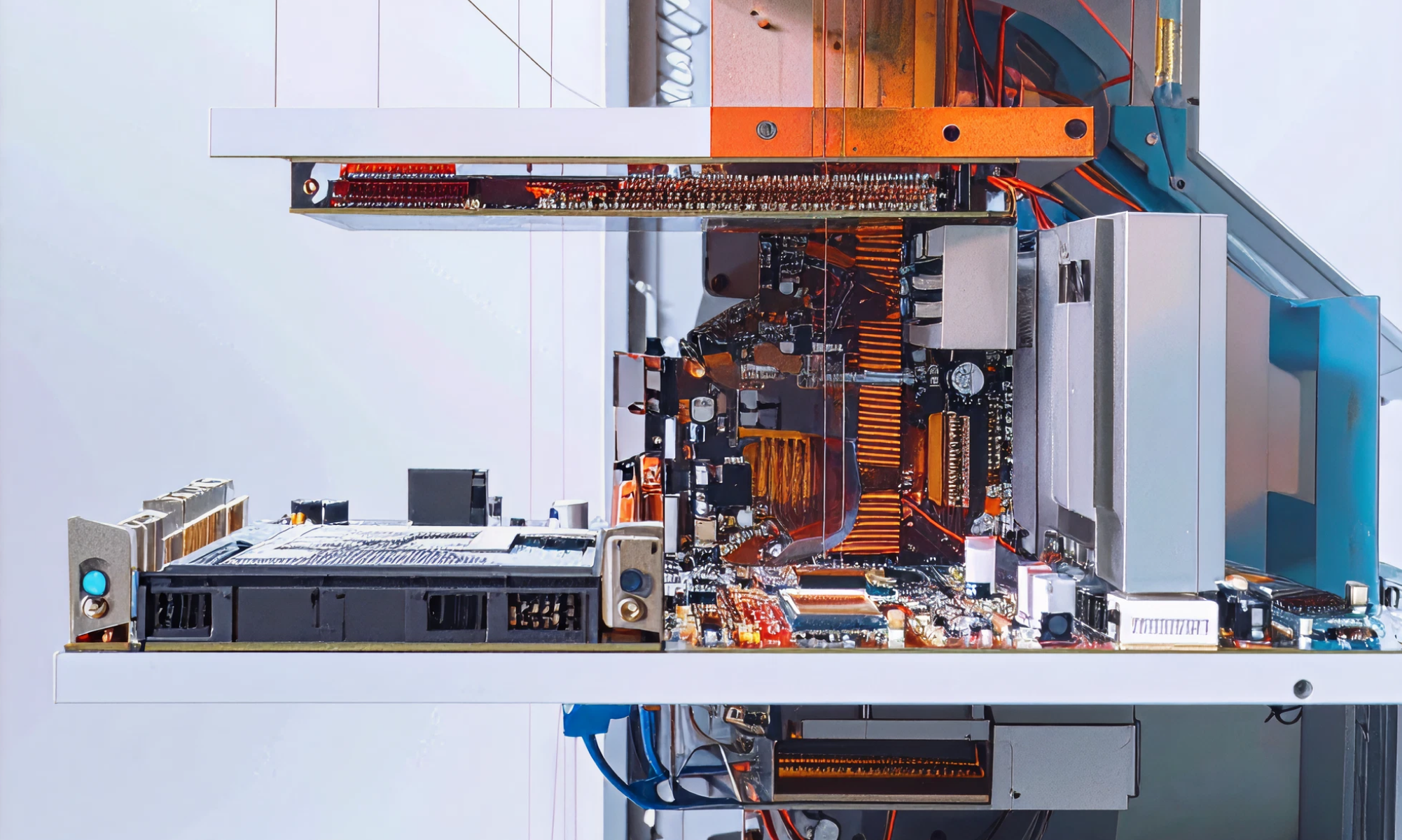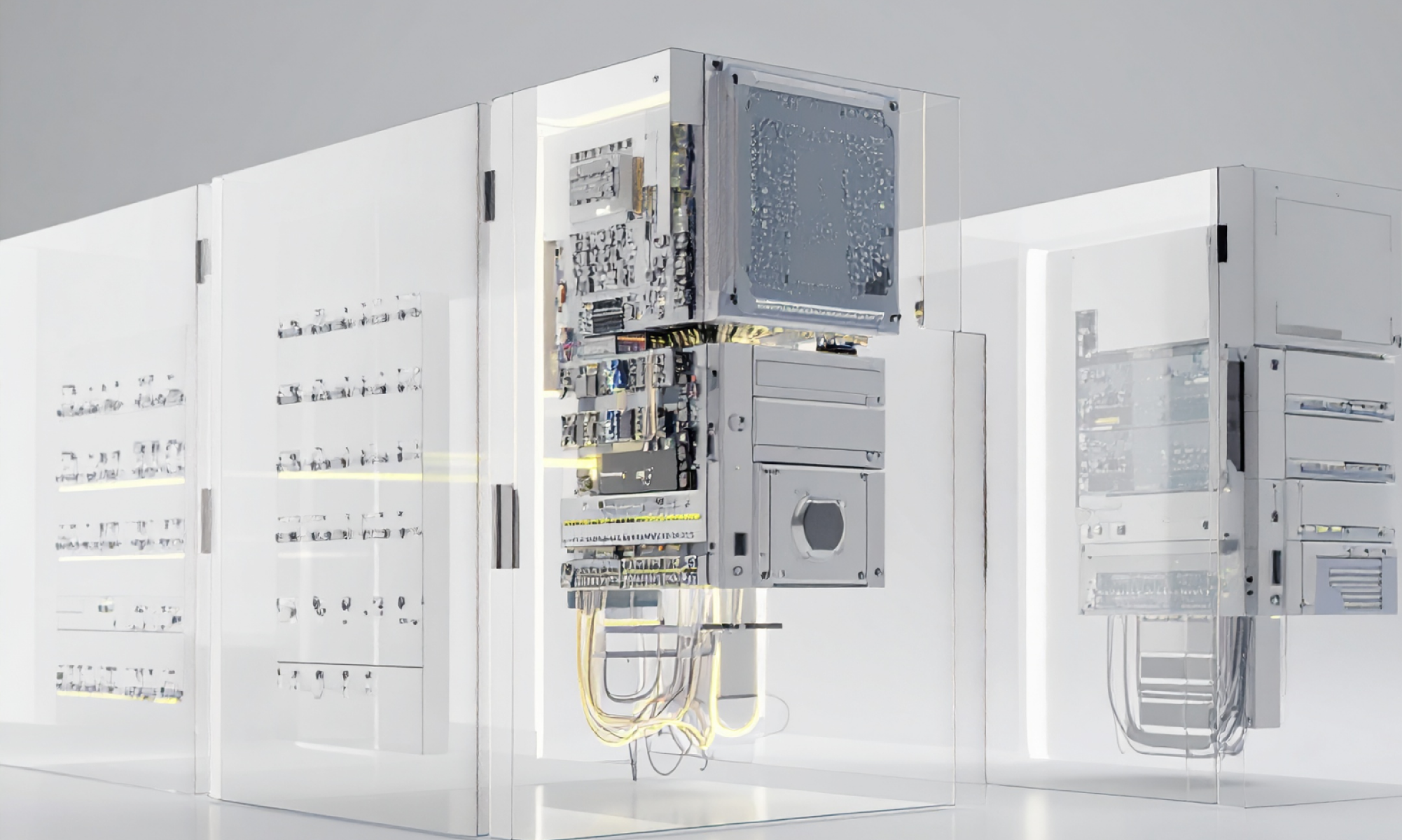AI
our blog
Your Technology Should Work For You, Not Hold You Hostage

In today’s fast-paced digital world, technology should help businesses grow, streamline operations and drive innovation. But outdated and rigid tech stacks, including legacy systems and off-the-shelf SaaS solutions, often create more problems than they solve. These systems can be difficult to scale and adapt, preventing businesses from embracing newer capabilities such as AI.
Many businesses are still using legacy systems or SaaS tools that weren’t designed for their unique needs. These rigid tech stacks force companies to adapt to the technology rather than the other way around, wasting time and resources. When technology isn’t aligned with business goals, it holds you back, slowing things down instead of driving progress. A 2023 UK government survey found that only 36% of businesses were innovation-active. To stay ahead, businesses need to ensure their technology isn’t limiting their ability to innovate.
The solution can be custom built technology. It’s designed to fit your specific business needs and it can evolve as your business grows. This flexibility allows you to experiment, scale and integrate new tools quickly, keeping you ahead of industry trends. Custom solutions give you the freedom to innovate and adapt, rather than being constrained by outdated systems. Often, the custom solutions involve integrating with more modern niche SaaS tools that can be embedded within the custom “wrapper” in effect, facilitating the best of both worlds.
One common mistake businesses make is the sunk cost fallacy in relating to outdated and rigid off-the-shelf SaaS solutions. They often fail to address the unique challenges businesses face in today’s world. Instead of adapting your business to fit technology, focus on your goals and choose tech that supports them. Technology should empower you to make smarter decisions, drive growth and stay agile in the face of change.
Custom technology provides significant competitive advantage. It allows your business to respond quickly to customer needs and market shifts, enabling faster innovation than competitors stuck with legacy systems or rigid legacy SaaS platforms. With adaptable technology, you’re not just reacting to change - you’re shaping it. By staying aligned with your long term goals, you ensure that your technology works for you, not against you.
It doesn’t have to be expensive, slow to implement or out of reach. With the right approach, custom solutions can be cost effective and implemented quickly, offering you the flexibility and scalability you need without a high price point.
In fact, a study by The Open University found that 24% of UK decision-makers identified outdated technology as a barrier to productivity improvements. Regularly reviewing and refining your tech stack keeps your business agile, ready to experiment and innovate as new opportunities arise. With the right tech, your business is always prepared for what’s next.









